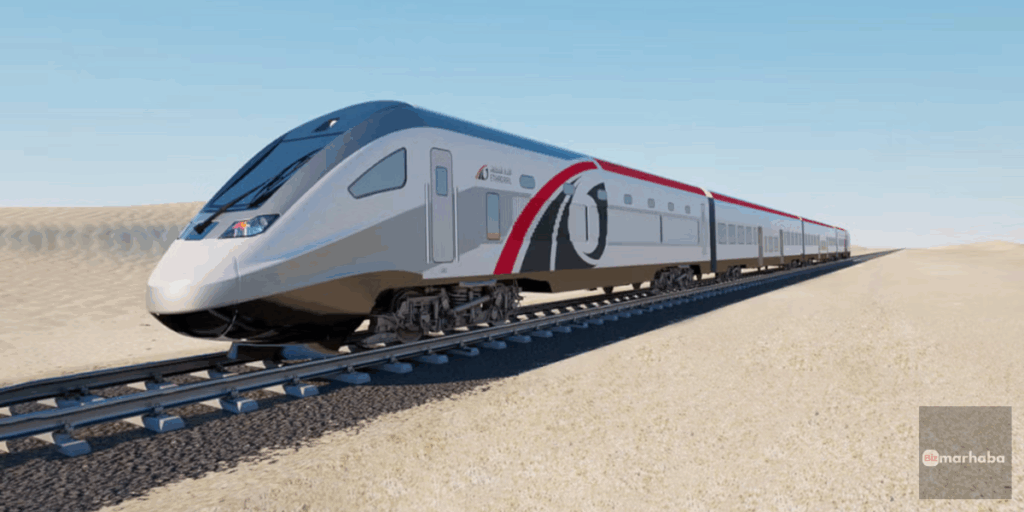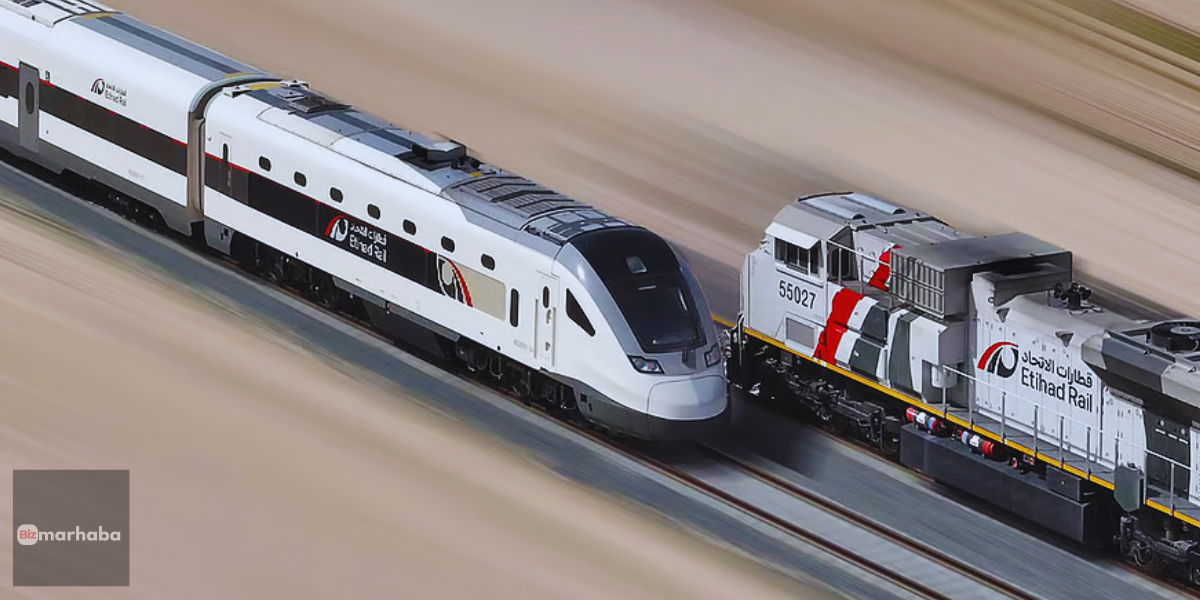Etihad Rail is moving into an exciting new stage, with plans to set up several commercial hubs across the UAE. The initiative aims to strengthen trade across the country. It will create new job opportunities and help industries work more closely together. It also promises quicker and more sustainable ways to move goods.

Boosting the Economy with New Trade Zones
The expansion of the railway is set to strengthen the UAE’s position as a major logistics hub in the region. This network will establish direct corridors in the movement of goods by linking ports, industrial locations, and main cities. These new commercial centers will help lower transportation costs. They will also speed up the delivery of goods. As a result, the UAE will become more attractive to local entrepreneurs and international companies. The project is also expected to create thousands of jobs in the logistical, construction, and technology sectors, as identified by officials.
The increase in the network is likely to provide a major boost to the private sector. The benefit of better connectivity can lead to the growth of investment in the sectors of retail, warehousing, and manufacturing. Faster access to markets can translate into a more competitive advantage to the small and medium-sized businesses that can contribute to constructing a stronger, more diverse economy in the UAE.
Connecting the Nation with an Efficient Network
The Etihad Rail map outlines a 1,200-kilometer Etihad Rail route running from the Saudi border to Fujairah. The planners designed the route to cover the UAE’s most important economic regions, passing through major cities and key industrial areas. Although it aims at increasing transport of freight, the network is also conceived to take into consideration future passenger transport.
One of the most important parts of the network will be the Etihad Rail Abu Dhabi to Dubai link. The connection of these two economic powerhouses will make the route relieve traffic congestion along the traditional road and decrease travel time greatly. To freight operators, it will offer a more reliable and faster means to deliver cargo inside port, warehouses, distribution hubs, and streamline the supply chain yet increasing efficiency as never.
Passenger Services on the Horizon
While the network currently focuses on freight, the question of when will Etihad Rail open for passengers remains top of mind. It has been confirmed that officials are planning to start passenger operations, And the new advanced trains will reach speeds of up to 200 km/h. When the service begins, the trains will connect 11 cities in the UAE, reducing travel times and adding new energy to the tourism sector.
For example, the trip from Abu Dhabi to Fujairah is expected to take just 100 minutes, a big time-saver compared to current travel times. The upcoming Etihad Rail Dubai station will become a major hub. It will serve business travelers and tourists seeking a faster, more comfortable way to get around the UAE.
A Sustainable Future for UAE Transport
Beyond economic benefits, the railway supports the UAE’s environmental goals. Each freight train will replace up to 300 trucks, cutting carbon emissions by 70–80% per trip.This realignment will help reduce road congestion and improve air quality, benefiting both the economy and the environment.
The government will also establish sophisticated technologies in the system. Smart ticketing systems and AI-powered real-time scheduling and monitoring will make the passenger experience seamless. This translates to businesses to better planning of logistics and less downtime.
National Impact and Regional Connectivity
The Etihad Rail project isn’t just about transportation; it’s about shaping the UAE’s future. The network will boost the UAE’s role in international trade, attract foreign investment, and improve lives through strategic commercial hubs.
In the long term, the system is expected to connect with the wider GCC (Gulf Cooperation Council) railway network. And with it, will come the ability to travel and trade across borders in Saudi Arabia to Oman. The region that consists of this type of integration will also strengthen the position of the UAE as a hub for the passage of goods and passengers in the Middle East.
As development of the railway continues, it is becoming one of the most transformative infrastructural projects in the region. Whether it is freight efficiency or passenger comfort, the UAE is establishing a transport system that will serve future generations.








